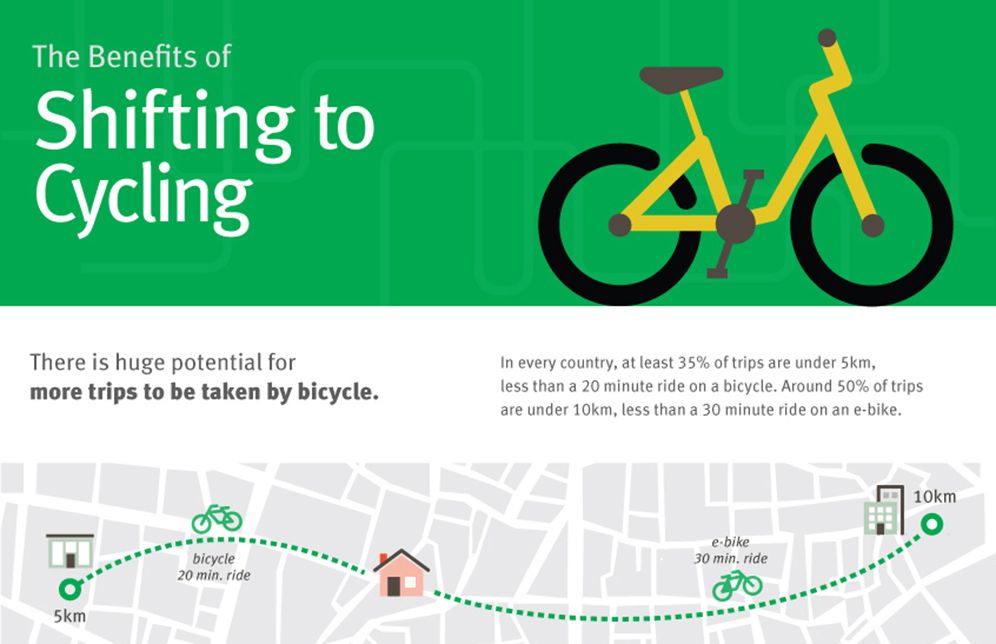An Initial Overview Of E-Bike Legislation And Standards In Your City
An Initial Overview Of E-Bike Legislation And Standards In Your City
Blog Article
Material Written By-Lynch Dejesus
Before you get on your e-bike and struck the streets, it's essential to recognize the legislations and regulations that regulate your city. From rate restrictions to designated riding locations, there's a whole lot to take into consideration to guarantee you're compliant and secure. By familiarizing yourself with the policies details to e-bikes, you'll be better furnished to enjoy your adventures without any unanticipated legal concerns. Keep tuned to discover key insights that will certainly aid you browse the e-bike landscape in your city flawlessly.
Recognizing E-Bike Category
When it concerns navigating the world of e-bike laws and guidelines, an essential starting point is recognizing the category system that categorizes these electrical bikes. E-bikes are typically classified into three main categories: Course 1, Class 2, and Course 3.
Course 1 e-bikes are pedal-assist just, meaning they offer support while the cyclist is pedaling and have a maximum speed of 20 mph. These bikes are admitted areas where traditional bicycles are permitted.
Class 2 e-bikes are equipped with a throttle that can drive the bike without pedaling. They also have a maximum speed of 20 miles per hour and appropriate for cyclists that may require help without pedaling continuously.
Class 3 e-bikes are similar to Class 1 however with a higher maximum speed of 28 miles per hour. These bikes are typically restricted from specific bike paths or routes because of their higher speeds.
Comprehending these categories is important for abiding by local laws and ensuring a risk-free and enjoyable e-biking experience.
Navigating Speed Limitations and Restrictions
To properly navigate e-bike regulations and policies, it's crucial to recognize the rate limits and restrictions that apply to various classes of electrical bikes.
Speed limitations for e-bikes vary relying on the classification of the bike. Class 1 e-bikes, which are pedal-assist only and have a maximum speed of 20 miles per hour, are generally enabled on bike lanes and paths.
Class 2 e-bikes, which have a throttle along with pedal-assist and additionally reach speeds of approximately 20 miles per hour, may be limited in particular locations where motorized vehicles aren't allowed.
Class 3 e-bikes, with pedal-assist as much as 28 mph, are typically called for to adhere to the exact same guidelines as traditional bicycles.
It is essential to stick to these speed limitations and constraints to ensure your safety and security and the safety and security of others when driving. Before riding your e-bike, familiarize yourself with the certain guidelines in your city to stay clear of any kind of potential fines or legal issues.
Where to Experience Your E-Bike
To determine where you can ride your e-bike, it's important to be aware of the guidelines and guidelines details to your area. In many locations, e-bikes are commonly permitted on roadways and roads where conventional bikes are allowed. This may include bike lanes, bike courses, and shared highways. However, it's vital to check regional laws as some cities might have details limitations on where e-bikes can be ridden.
When riding cargo bike -bike, always prioritize security by complying with web traffic rules and appreciating pedestrian pathways. Additionally, be https://www.fieldandstream.com/gear/best-electric-bikes-for-hunting of any kind of designated bike lanes or courses in your location and use them whenever feasible to guarantee a smoother and much safer ride.
Some cities additionally have policies relating to e-bike usage on pathways, so see to it to familiarize on your own with these regulations to avoid any type of penalties or fines.
Verdict
Now that you recognize with the laws and policies surrounding e-bikes in your city, you can confidently hit the road recognizing where you can ride and what restrictions relate to your e-bike category. Bear in mind to constantly prioritize safety and security and comply with the policies to ensure a smooth and lawful experience. Satisfied riding!
